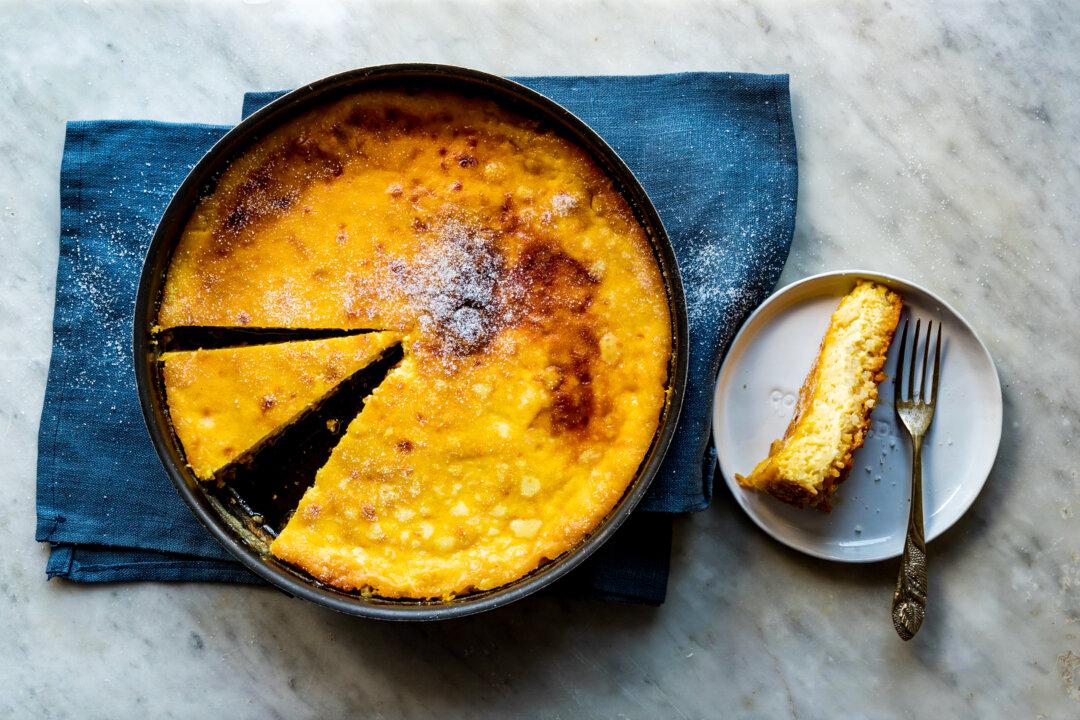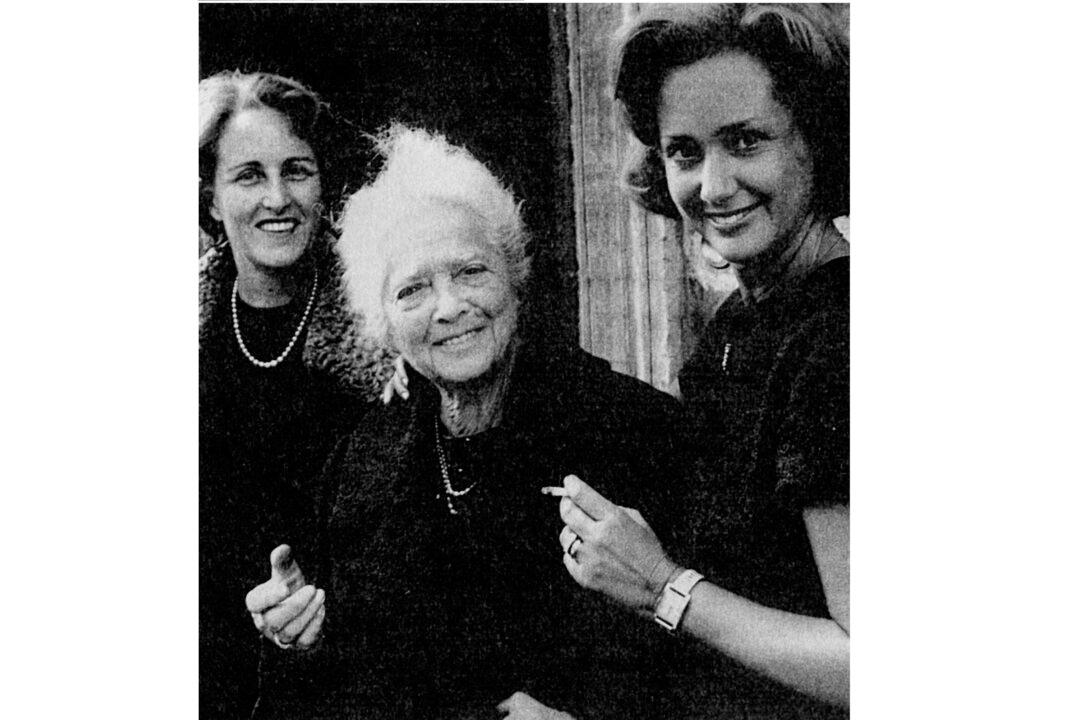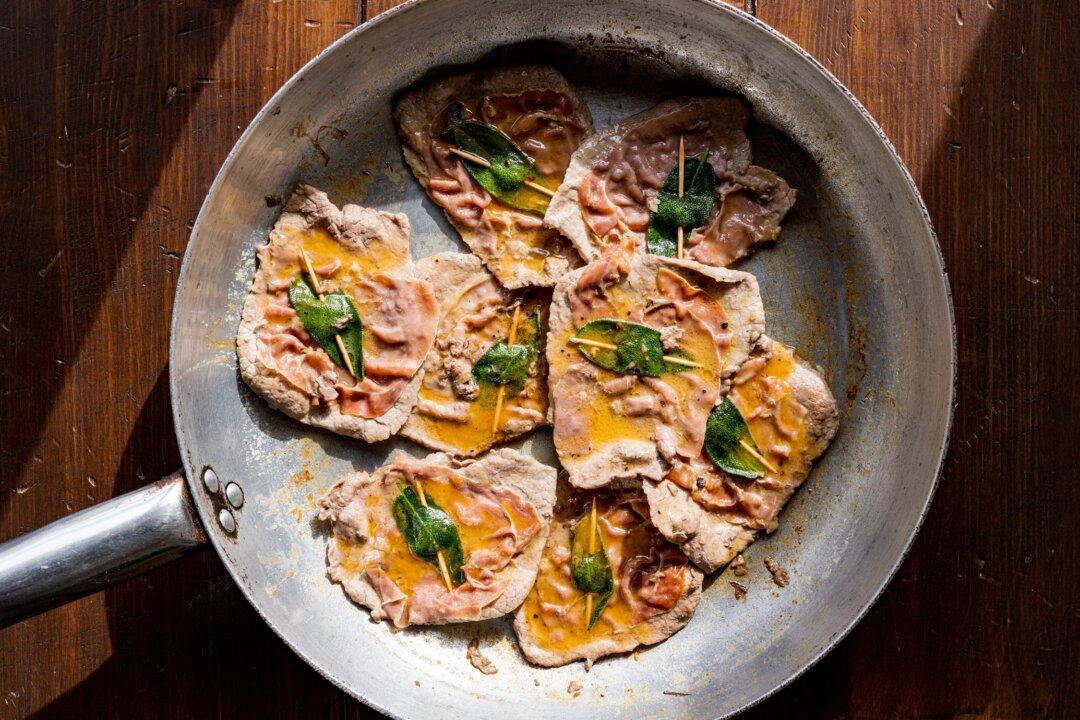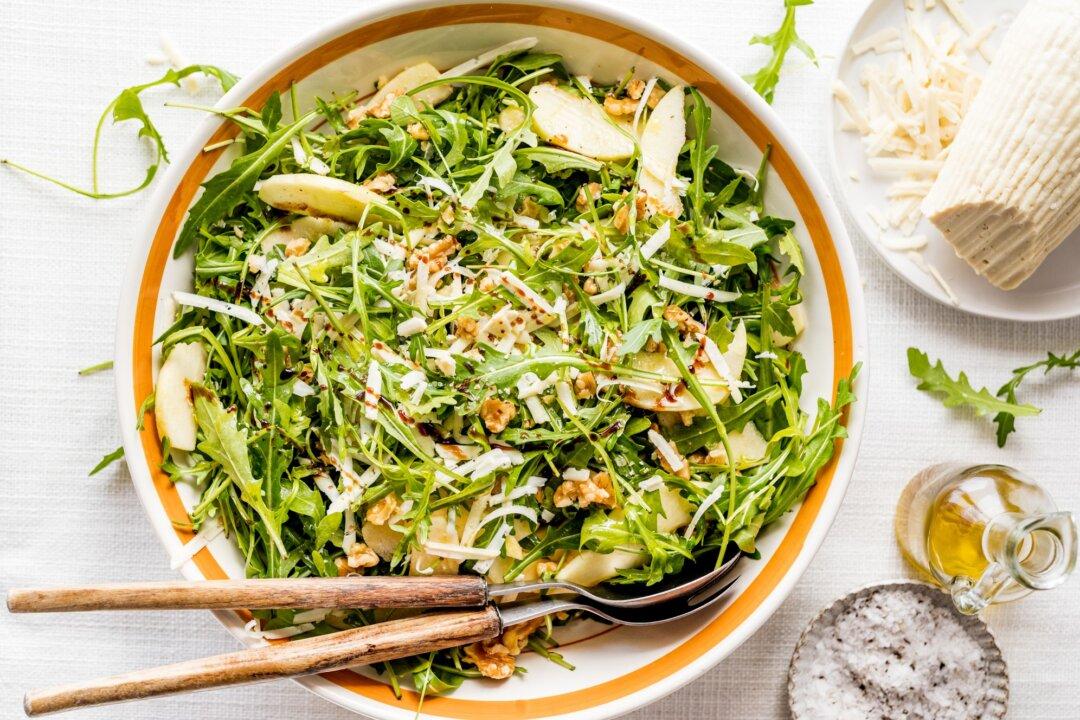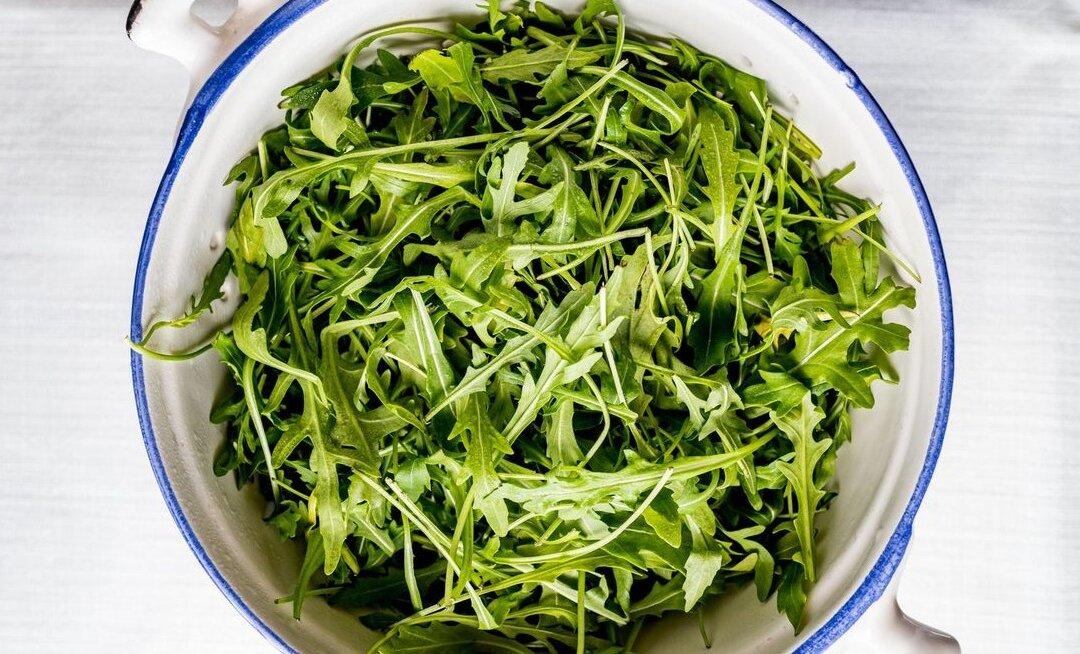I’ve never been to Massa and Carrara, two towns in the northwest of Tuscany, wedged between Liguria and Emilia Romagna. But a few years ago during a book launch in Volterra, I met Angela, a bookshop owner whose family had moved there from Massa and Carrara. She gave me the chance to get to know her culinary heritage.
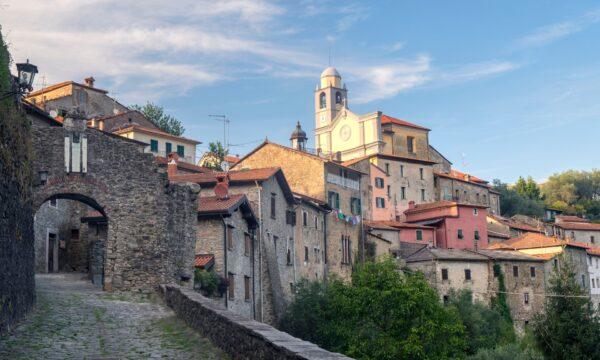
A village in the Massa and Carrara region of Tuscany, Italy. Claudio Giovanni Colombo/shutterstock

